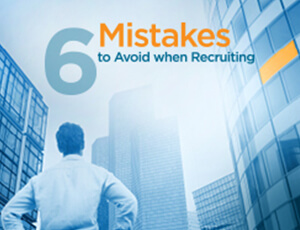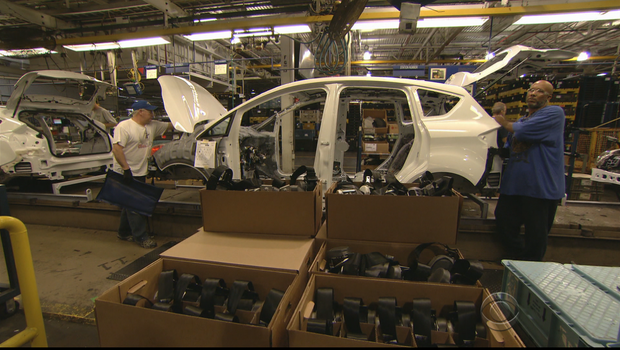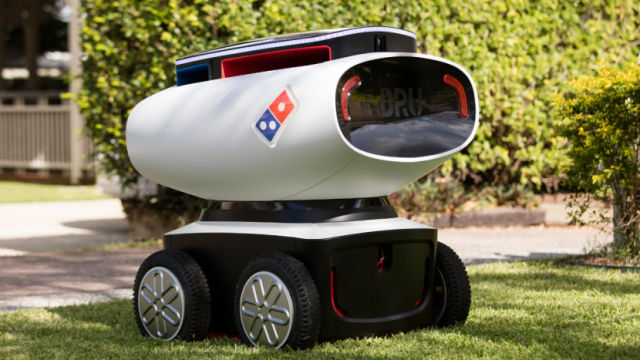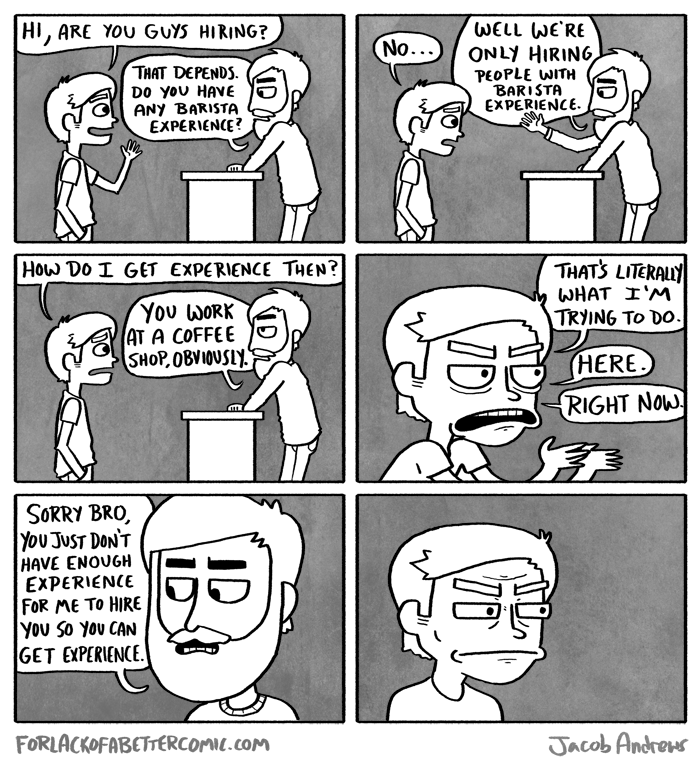On October 2, GM announced its plans to globally launch at least 20 new all-electric and hydrogen fuel cell vehicles by the year 2023. In fact, it intends to release two of these new vehicles within the next 18 months. This launch plan supports GM’s vision of an “autonomous, zero-emission future,” which the company’s CEO Mary Barra…
Continue reading ...
- July 21, 2017
-
Accounting & Finance, Employers, Engineering, Hiring Best Practices, Human Resources, Information Technology, Manufacturing, Marketing, Operations, Operations, Talent Advisor
Recruiting is not merely a function of HR, it’s essential to the success of your organization. Without a well-defined strategy for recruiting talent, you run the risk of making inefficient and costly hiring decisions—up to $17,000 in lost productivity, compromised work quality, and turnover. To ensure better hires, you need a targeted recruiting strategy…
Continue reading ...
The art and science of recruiting with purpose goes beyond matching a skill set to a job requirement. It’s about understanding the position and its impact on the organization and industry—and finding the ideal candidate who aligns with the organization’s core values and the other employees. Brightwing’s 5 Tips for Purpose-Driven Recruiting…
Continue reading ...
Auto companies are making a lot of career-altering moves lately. If you’re in the field, it’s important to know where the automotive jobs are going. Here’s a look at some of the latest news stories: [testimonial_rotator id=16991 format=list] In the market for a new automotive job? A new, one-of-a-kind automotive startup in Southeast Michigan is…
Continue reading ...
Companies in the U.S (and beyond) are hitting new autonomous milestones every day. The competition is heavy, and so is the creativity. GM and Toyota are in the news again, but so is…Dominoes? 5 trending connected car stories this week: GM Deal Is A Big Move In Autonomous Vehicle Quest General Motors received quick regulatory approval of its…
Continue reading ...
Let’s be honest – automation technology can be disruptive at times. Some manufacturing jobs have been taken over by robots, while others have been outsourced. But that’s not to say the industrial sector is dead, or anywhere near it. In fact, advanced technology is becoming more efficient, which lowers production costs. When production costs are down, companies…
Continue reading ...
Today’s world of talent acquisition or “recruiting” seems to have some very confusing measurements around what represents value. The market is trending towards more outsourced solutions: RPOs, MSPs, automated resume parsing and screening, as well as off shoring some, or all of the initial contact with potential candidates. This trend seems to represent a quicker delivery (in…
Continue reading ...
- September 13, 2012
-
Accounting & Finance, Career Growth, Engineering, Entry-Level, Human Resources, Information Technology, Job Search, Manufacturing, Marketing, Operations
What do you do when you’re starting out? What do you do when you’re switching industries, or rejoining the workforce? While every situation is different, many companies are looking for people with experience. Here are a few ideas for students, professionals switching industries or those rejoining the workforce: Students leaving the nest If you are…
Continue reading ...
If you’ve ever visited one of the popular online dating sites and taken the opportunity to review the profiles of those seeking the “right” person for what they consider an “ideal” relationship you’ll notice a common theme on many of them. The profile of the person they seek is perfect…literally perfect. The list of things…
Continue reading ...










